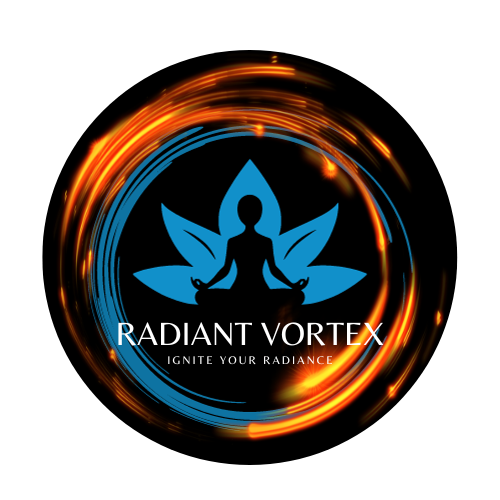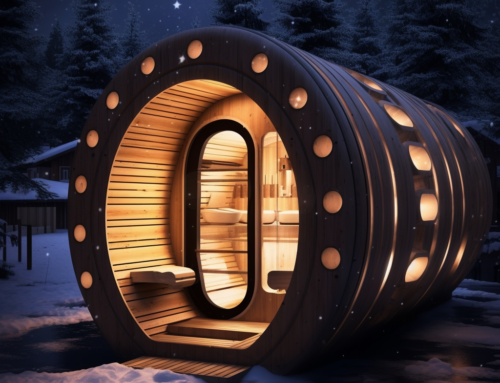
In the vast world of wellness treatments, red light therapy (RLT) is shining brightly as a promising solution to various health and aesthetic concerns. From rejuvenating aging skin to alleviating chronic pain, RLT is making waves in the health community. But what exactly is it, and how can it benefit you?
What is Red Light Therapy?
Red light therapy, also known as photobiomodulation or low-level light therapy, uses low-energy red light wavelengths to penetrate the skin. Unlike laser treatments or intense pulsed light therapies that damage the skin to promote tissue repair, RLT uses very low levels of heat and doesn’t hurt or burn the skin. It’s a non-invasive procedure that stimulates cellular activity, leading to a range of health benefits.
Benefits of Red Light Therapy
- Skin Rejuvenation: RLT has shown promise in treating wrinkles, redness, acne, and scars, offering a more youthful appearance. It promotes collagen production, which is essential for maintaining skin elasticity and reducing signs of aging.
- Pain and Inflammation Reduction: One of the standout benefits of RLT is its ability to treat chronic inflammation. This not only eases pain in joints and muscles but also promotes overall joint and tissue health. By decreasing oxidative damage, which degenerates joints, and modulating inflammation, RLT provides relief and promotes soft/connective tissue health.
- Improved Circulation: RLT stimulates increased blood flow, ensuring that cells receive the oxygen and nutrients they need for optimal function.
- Enhanced Immune Function: By promoting better circulation and overall cellular health, RLT can also boost the immune system, helping the body fend off illnesses.
- Treatment of Skin Conditions: RLT is FDA-approved for treating conditions like acne and psoriasis, offering a natural alternative to medications and creams.
Hair Growth: For those experiencing hair loss, RLT can stimulate the hair follicles, promoting regrowth. Also, check out the podcast about hair loss and hair growth here – Hair Loss Podcast Summary
Steps for Red Light Therapy
- Duration: Typically, a session lasts 15-20 minutes. The exact duration might vary based on the specific device used and the area of treatment.
- Frequency: For optimal results, it’s recommended to start with 3-5 sessions per week and then reduce the frequency as you observe improvements.
- Best Forms: While there are many RLT devices available, it’s essential to choose FDA-approved devices. These can range from handheld units for targeted treatment to larger panels or even full-body beds.
- Safety: Always follow the manufacturer’s instructions. While RLT is generally safe, it’s essential to protect your eyes during treatment. Some devices come with safety goggles, or it’s recommended to keep your eyes closed.
Final Thoughts
The transformative power of Red Light Therapy (RLT) is undeniable. Far from being a fleeting wellness fad, its FDA endorsement and the burgeoning research highlighting its myriad benefits underscore its significance in the realm of holistic health. Personally, I’ve woven RLT into my daily routine. Post-workout in the mornings, I indulge in a 12-20 minute session every 48 hours with the full-body stand-up Beauty Angel Red Light Therapy. As nighttime draws near, I turn to the Omnilux for Men, dedicating 10 minutes, 3-4 times a week, to this rejuvenating practice. The results? A marked difference in both my face and body, with enhanced recovery being a standout benefit. While I attribute a significant portion of these positive changes to RLT, I must give a nod to my sauna sessions, which complement my wellness journey. For those curious about the synergy between RLT and saunas, stay tuned – I’ll be delving into the world of saunas in this post here Sweaty Science.



